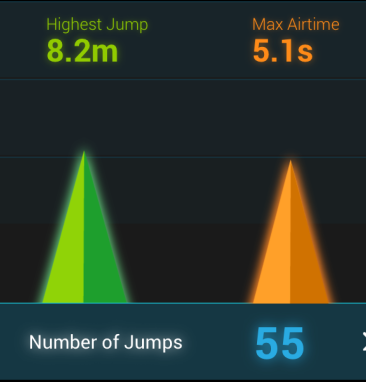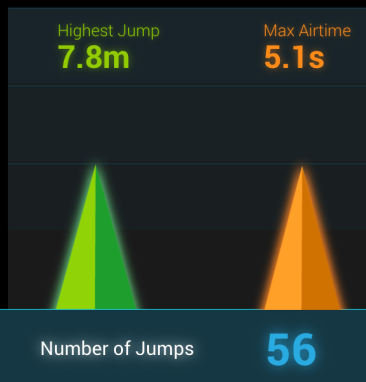
WRF model for EU
A key impact on our kite sport; the weather. More precisely: the wind. Every kiteboarder has its way to get his wind prediction information; either websites like Windguru.cz, Windfinder, Predictwind etctera, local media, whatsapp-alerts or just by asking your (boy)friend. All these resources rely in the end on weather models.
Windguru, for example, has a fairly understandable explanations on these models. Two important facts on these models are the long run time and the limited frequency those runs can be done in a day. Those runs (mostly four times in 24hours) are rather complex, that is why they take about three hours to finish. One of the complexities is that it needs to run for a huge area. For example the WRF model in Windguru is covering Europe, popular spots in Egypt, and also Israel, Lebannon and south of Cyprus. Argentina, Chile and Uruguay.
Three hours behind
As a result everybody currently is looking at predictions which are at least 3 hours, but on average 6 hours, old. Another inaccuracy is that those models cannot take local effect’s into account. It is a fact that wind predictions for typical local conditions like in Cape Town from the south-east, westerly Poniente in Tarifa and the North Westerly winds in Leucate all are frequently up to 25 knots off. This is probably due to local thermal effects. Even when the wind is already blowing way above the predictions, they are not used to correct the current models.
Continue reading →





